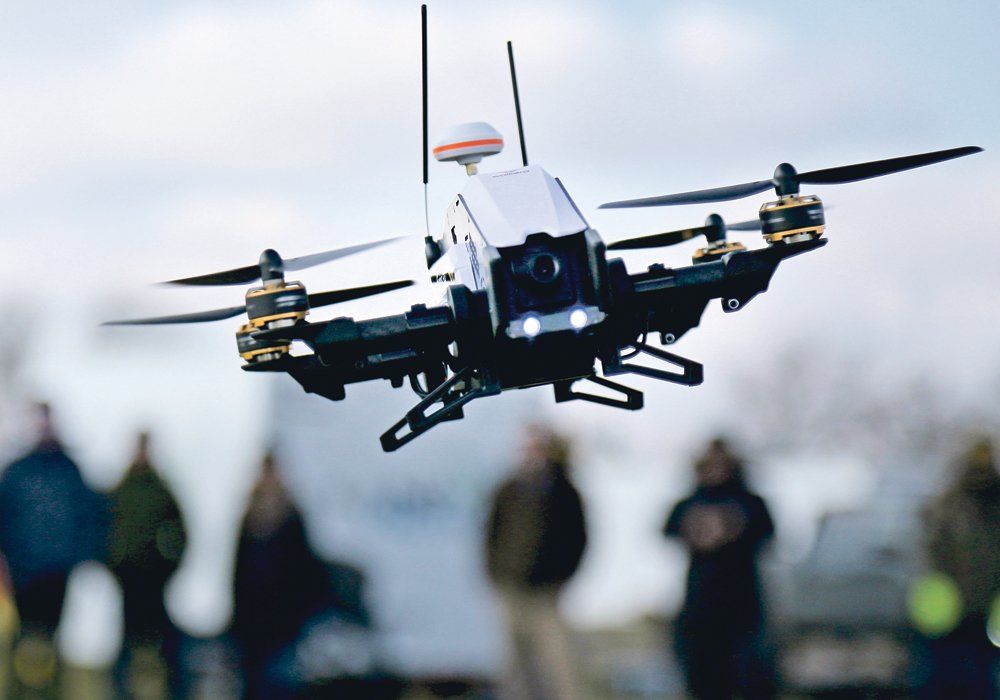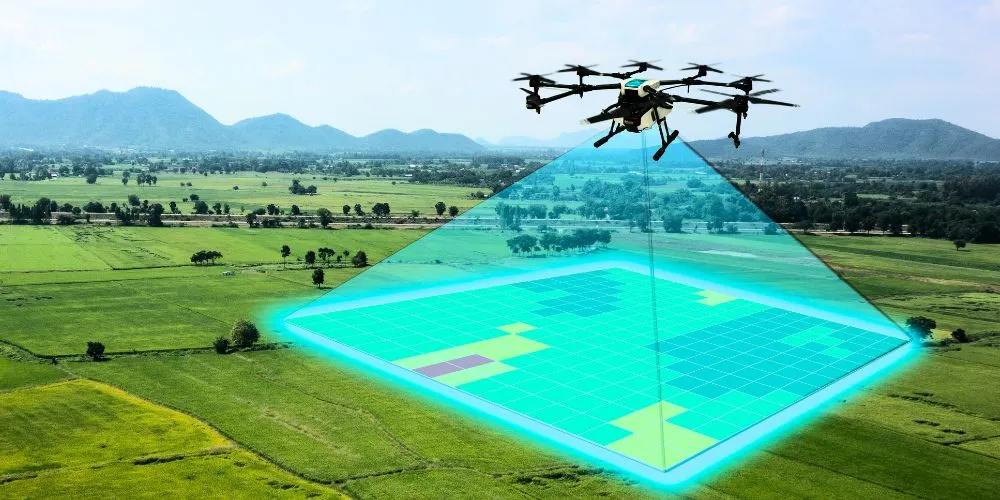Unlocking the Future of Aerial Exploration: Exploring the Latest Advancements in Drone Technology

The world of drone technology has come a long way since its inception. From being used primarily for military and reconnaissance purposes, drones have now become an integral part of various industries such as agriculture, construction, entertainment, and more. The advancements in drone technology have led to the development of more efficient, cost-effective, and environmentally friendly solutions. In this article, we will explore the latest developments in drone technology and how they are revolutionizing various sectors.
Advancements in Drone Design and Materials
One of the significant advancements in drone technology is the development of new materials and designs that improve their durability, efficiency, and maneuverability. Drones are now being built with advanced materials such as carbon fiber, aluminum, and titanium, which provide improved strength-to-weight ratios and enable drones to fly longer and farther. Additionally, the use of 3D printing technology has simplified the production process and enabled the creation of complex drone designs.
Another significant advancement is the development of folding drones, which enables them to be easily transported and stored. These drones feature compact designs that can be easily unfolded and redeployed, making them ideal for applications such as surveillance, mapping, and package delivery.
Improved Propulsion Systems
Propulsion systems are a critical component of drones, and recent advancements have focused on developing more efficient and powerful engines. Turbine-powered drones, for example, offer improved thrust-to-weight ratios and longer flight times, making them suitable for applications such as long-range surveillance and search and rescue operations.
Another area of focus is the development of electric drones, which are quieter, cleaner, and more energy-efficient. These drones are powered by advanced lithium-ion batteries and offer improved performance and range compared to their gas-powered counterparts.
Enhanced Navigation and Control Systems
Drones rely on advanced navigation and control systems to stabilize their flight, navigate through obstacles, and communicate with their operators. Recent advancements in sensor technology have enabled the development of more accurate and robust navigation systems.
Advanced computer vision algorithms, for example, enable drones to detect and respond to obstacles, such as people, animals, and other aircraft. These algorithms also enable drones to track targets and follow paths, making them suitable for applications such as surveillance, inspection, and precision agriculture.
Artificial Intelligence and Machine Learning
Artificial intelligence (AI) and machine learning (ML) are revolutionizing the way drones are designed, developed, and deployed. These technologies enable drones to learn from their experiences, adapt to new situations, and make decisions in real-time.
AI and ML algorithms are being used to develop autonomous drones that can navigate through complex environments, detect and avoid obstacles, and execute tasks with precision and accuracy. These drones are being used in applications such as surveillance, search and rescue, and precision agriculture.
Application of Drones in Various Industries
Drone technology is being applied in various industries, including agriculture, construction, entertainment, and more.
Agriculture:
Drone technology is being used in agriculture to improve crop yields, reduce water usage, and optimize fertilizer application. Drones equipped with multispectral and hyperspectral sensors can detect crop stress, disease, and nutrient deficiencies, enabling farmers to make data-driven decisions.
Construction:
Drones are being used in construction to capture high-quality images and videos of building sites, enable 3D modeling and visualization, and optimize construction processes. Drones equipped with thermal imaging sensors can detect temperature anomalies, enabling builders to identify potential issues before they impact the structure.
Entertainment:

Drones are being used in the entertainment industry to capture stunning aerial footage and create immersive experiences. Drones equipped with high-definition cameras and stabilized gimbals can capture high-quality images and videos, enabling filmmakers to create realistic and engaging storylines.
Challenges and Limitations
While drone technology has come a long way in recent years, there are still several challenges and limitations that need to be addressed.
Regulations:
Drone regulations vary across countries and regions, and can be confusing for operators. Developments in drone technology have led to increased regulatory scrutiny, and new rules and guidelines are being implemented to ensure public safety.
Cybersecurity:
Drone systems are vulnerable to cyber-attacks, which can compromise data security and pose serious risks to public safety. Developers and operators must prioritize cybersecurity and implement robust security measures to protect drones and their data.
Battery Life:
Drone batteries are a significant contributor to their overall weight and size. Advances in battery technology are being made, but there is still a need for more efficient and long-lasting batteries.
Call to Action
Drone technology is rapidly evolving, and there are countless opportunities for innovators, entrepreneurs, and professionals to contribute to its growth and development. Whether you’re interested in aerial exploration, surveillance, or precision agriculture, drones offer an exciting and rewarding career path.
As you explore the latest advancements in drone technology, consider the following action steps:
- Research the latest drone solutions and technologies
- Develop skills in areas such as aerial photography, videography, navigation, and programming
- Identify areas of application for drones and consider how they can add value to your industry or business
- Engage with industry professionals and experts to stay informed of the latest developments and trends
- Share this article with your network and encourage others to explore the world of drone technology.
Stay tuned for the latest updates, trends, and innovations in drone technology!


